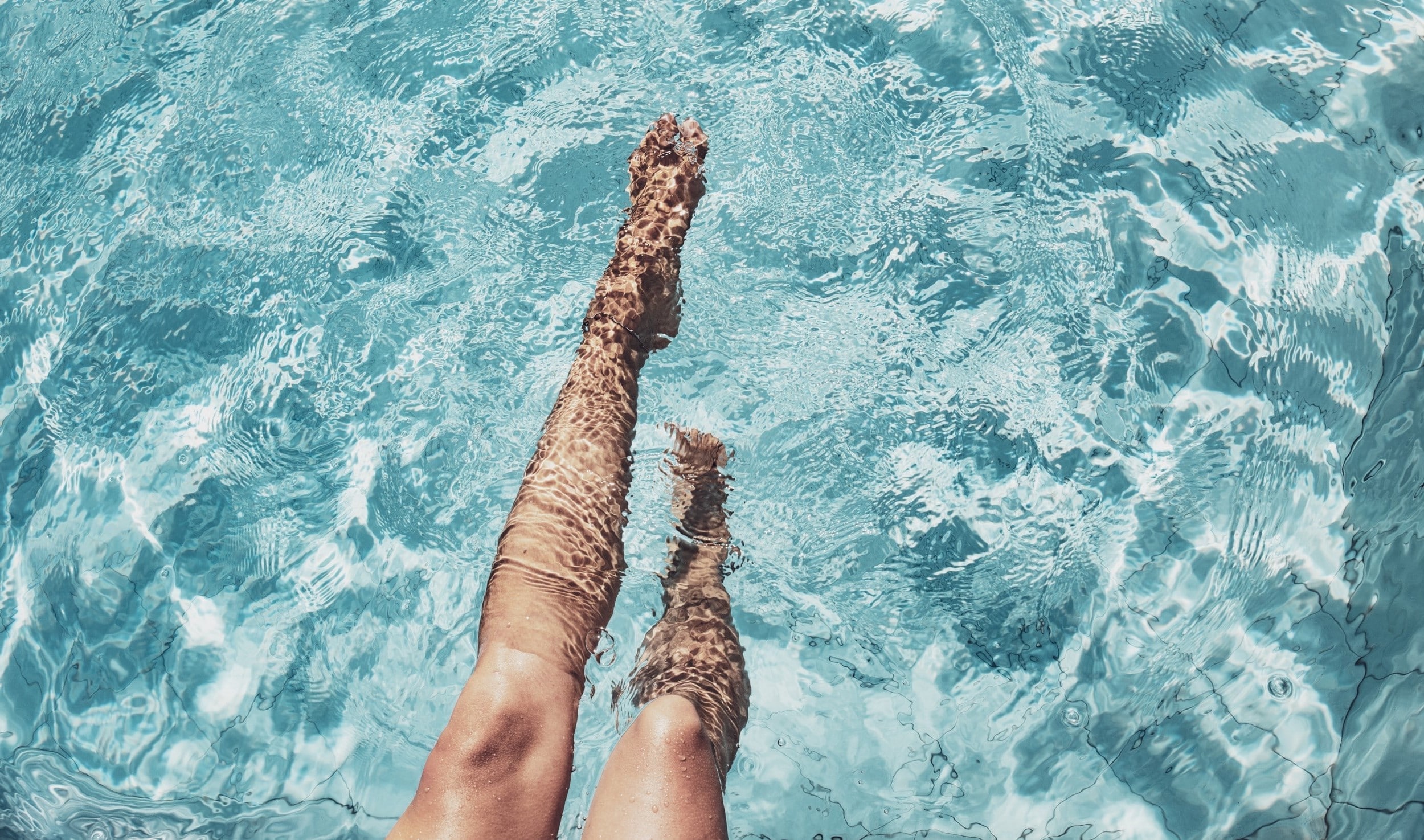
What are Spider Veins?
Spider veins are small clusters of tiny veins just below the surface of the skin, showing through as red, purple, or dark blue. They may look like fine lines, starburst clusters, or a web-like maze. They are more common in women, especially at childbearing age and older. You’ll usually find spider veins on the thighs, ankles, and calves, but they will also develop on the face.
The adage is that with age comes wisdom. Unfortunately, it also tends to come with clusters of red, blue, and purple squiggly lines on the legs and face. Spider veins. Spider veins are those small blood vessels that develop as we get older. They aren’t overly painful, but their unwelcome appearance, particularly on the face and legs, can make a person avoid wearing shorts or a swimsuit. That’s no way to go with our great weather in Walnut Creek and Northern California.
Fortunately, Dr. Moazemi can make those unwanted, squiggly veins go away at Beau Visage Aesthetics.
Spider Vein Treatment
What are Spider Veins?
Spider veins are small clusters of tiny veins just below the surface of the skin, showing through as red, purple, or dark blue. They may look like fine lines, starburst clusters, or a web-like maze. They are more common in women, especially at childbearing age and older. You’ll usually find spider veins on the thighs, ankles, and calves, but they will also develop on the face.
What causes spider veins?
It’s not entirely understood why some people get spider veins while others do not. A look at basic anatomy can help explain them. Veins return deoxygenated blood back to the heart. In the legs, the veins have to fight gravity the entire way. Our muscles and tissues surrounding our veins help push the blood but as we age these tissues weaken and don’t provide the same support they did when we were younger. The vein walls also weaken. Finally, valves meant to prevent backflow can deteriorate and even leak. All of this allows blood to pool, making the vein visible through the skin. This is how spider veins and their larger cousin, varicose veins, form.
There are a variety of factors that can contribute to a person developing spider veins:
